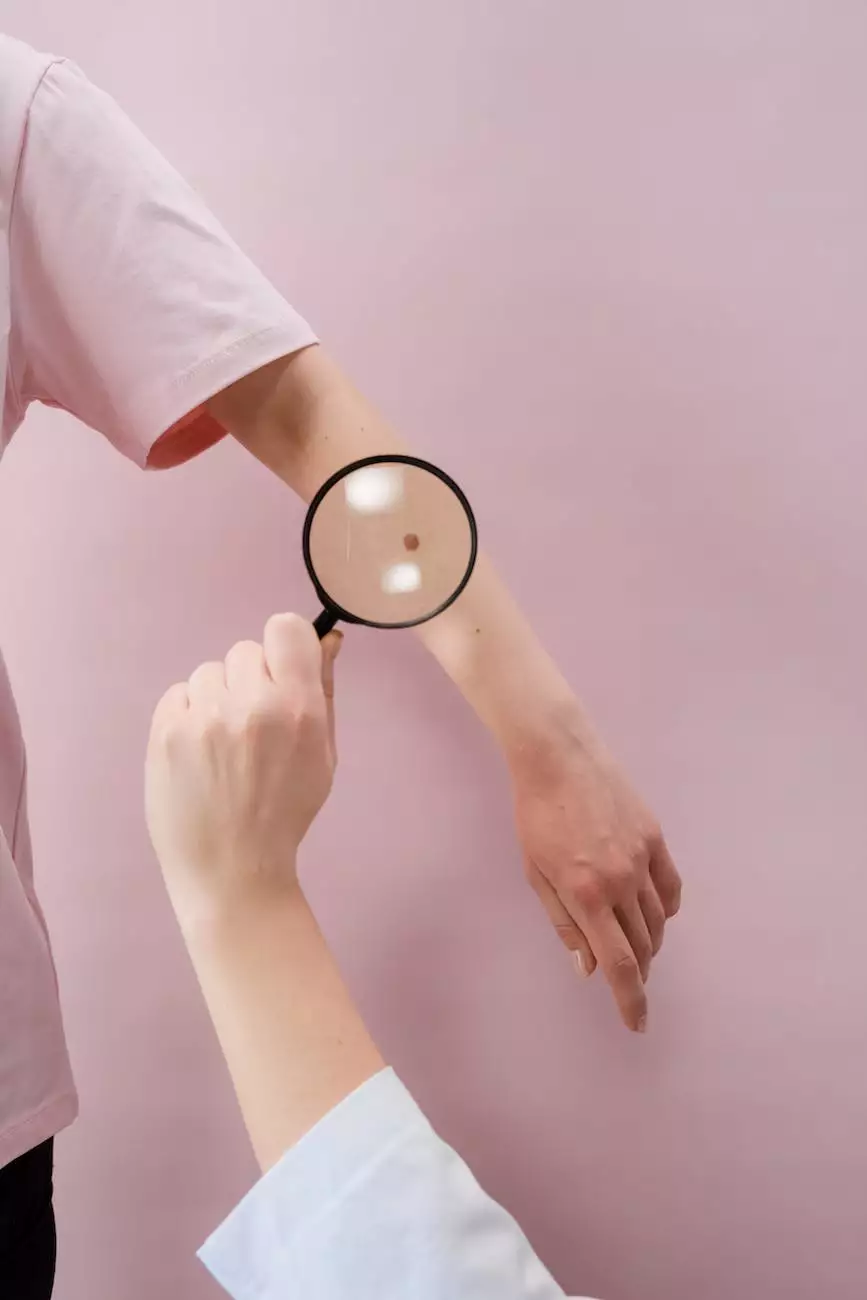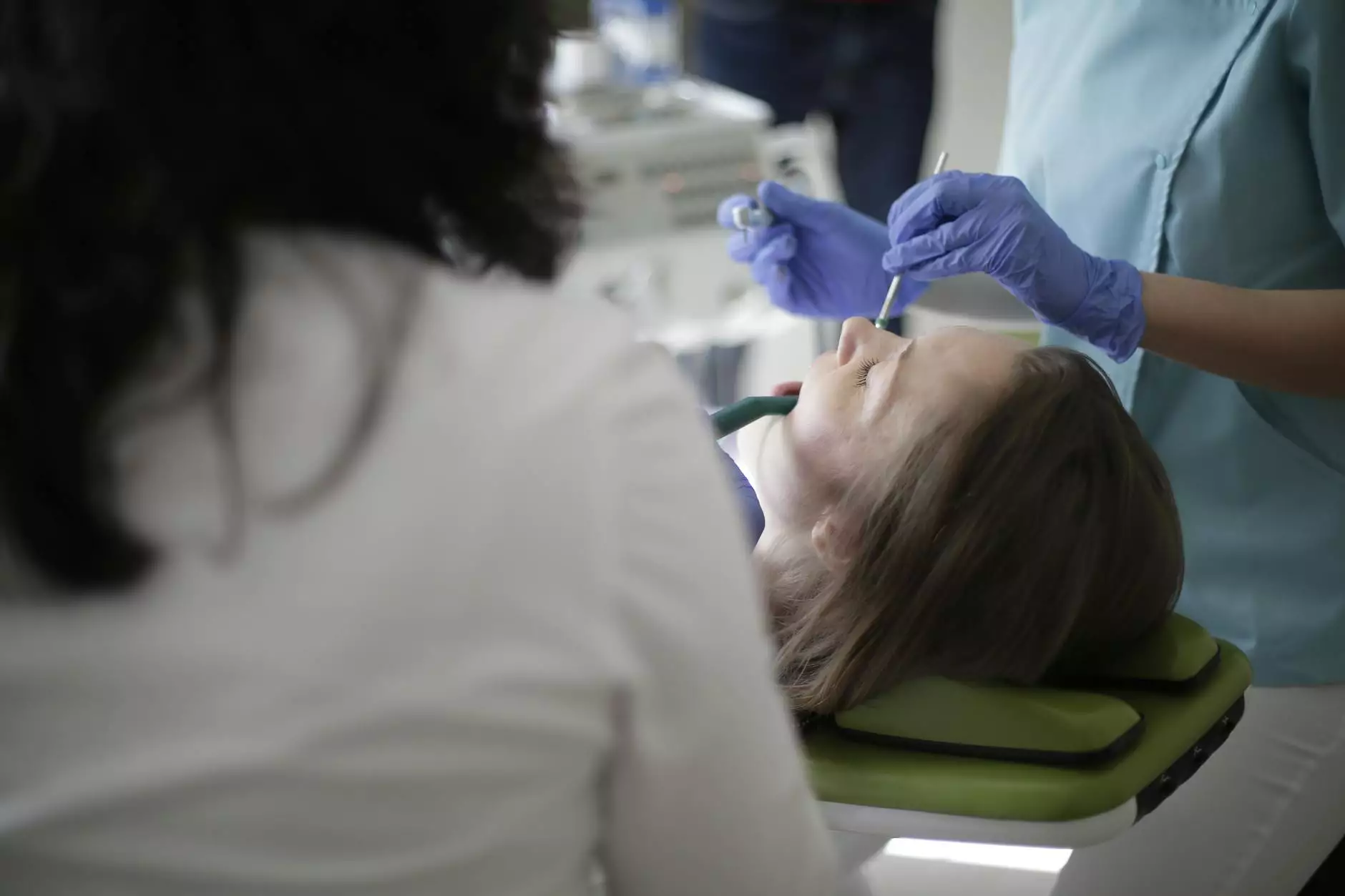How to Detect and Prevent Skin Cancer
Blog
Understanding Skin Cancer
Skin cancer is a common type of cancer that occurs due to the abnormal growth of skin cells. It is crucial to be informed about the different types of skin cancer, their causes, and early detection methods to protect yourself. Richard Martinez, MD, a leading expert in dermatology, provides insightful knowledge and actionable tips to help you detect and prevent skin cancer effectively.
The Importance of Early Detection
Early detection plays a critical role in successfully treating skin cancer. Regular self-examinations, combined with professional screenings by a dermatologist like Richard Martinez, MD, can significantly increase the chances of detecting skin cancer in its early stages. This allows for prompt and effective treatment, enhancing the likelihood of a favorable outcome.
Common Signs and Symptoms
Being aware of the signs and symptoms of skin cancer is essential for early detection. Some common indicators include:
- Unusual growths or moles: Pay attention to any new growths, changes in shape, size, or color of existing moles, as well as any unusual itching, bleeding, or crusting.
- Sores that do not heal: If you have sores that persist for more than a few weeks, consult a dermatologist for a thorough evaluation.
- Changes in pigmentation: Notice any changes in skin pigmentation, such as darkening or lightening, that are not related to sun exposure.
- Irregular borders: Keep an eye on moles or growths with irregular or poorly defined borders.
- Asymmetry: Suspicious moles may display an irregular shape or lack symmetry.
Prevention Techniques
Prevention is key when it comes to skin cancer. Richard Martinez, MD, provides valuable insights and tips to help you protect your skin:
Sun Protection
One of the primary causes of skin cancer is excessive sun exposure. Protecting your skin from harmful UV radiation is crucial:
- Apply sunscreen: Use a broad-spectrum sunscreen with an SPF of 30 or higher, applying generously to all exposed areas, and reapply every two hours.
- Seek shade: Limit your sun exposure, especially between 10 am and 4 pm when the sun's rays are the strongest.
- Wear protective clothing: Choose lightweight, long-sleeved shirts, pants, and wide-brimmed hats to shield your skin from the sun.
- Use sunglasses: Protect your eyes by wearing sunglasses that block both UVA and UVB rays.
Avoid Tanning Beds
Tanning beds emit harmful UV radiation that significantly increases the risk of developing skin cancer. It is essential to avoid using tanning beds altogether to protect your skin's health.
Regular Self-Examinations
Performing regular self-examinations allows you to identify any unusual changes in your skin. Follow these simple steps:
- Examine your entire body: Conduct a head-to-toe examination of your skin, using a mirror if needed, to check for any new or changing moles, growths, or other abnormalities.
- Track changes: Make note of any changes in color, size, texture, or shape of moles or growths, as well as any symptoms like itching, bleeding, or crusting.
- Consult a dermatologist: If you notice anything suspicious during your self-examination, schedule an appointment with a dermatologist like Richard Martinez, MD, for further evaluation.
Regular Dermatologist Screenings
Professional screenings by a dermatologist are essential for early detection and prevention of skin cancer. Richard Martinez, MD, recommends regular visits to assess your skin's health, identify any potential issues, and provide personalized guidance based on your risk factors.
Expert Guidance for Optimal Skin Health
Richard Martinez, MD, is committed to helping you achieve and maintain optimal skin health. With his expertise in dermatology and comprehensive knowledge of skin cancer detection and prevention, you can trust his guidance to prioritize the well-being of your skin.










